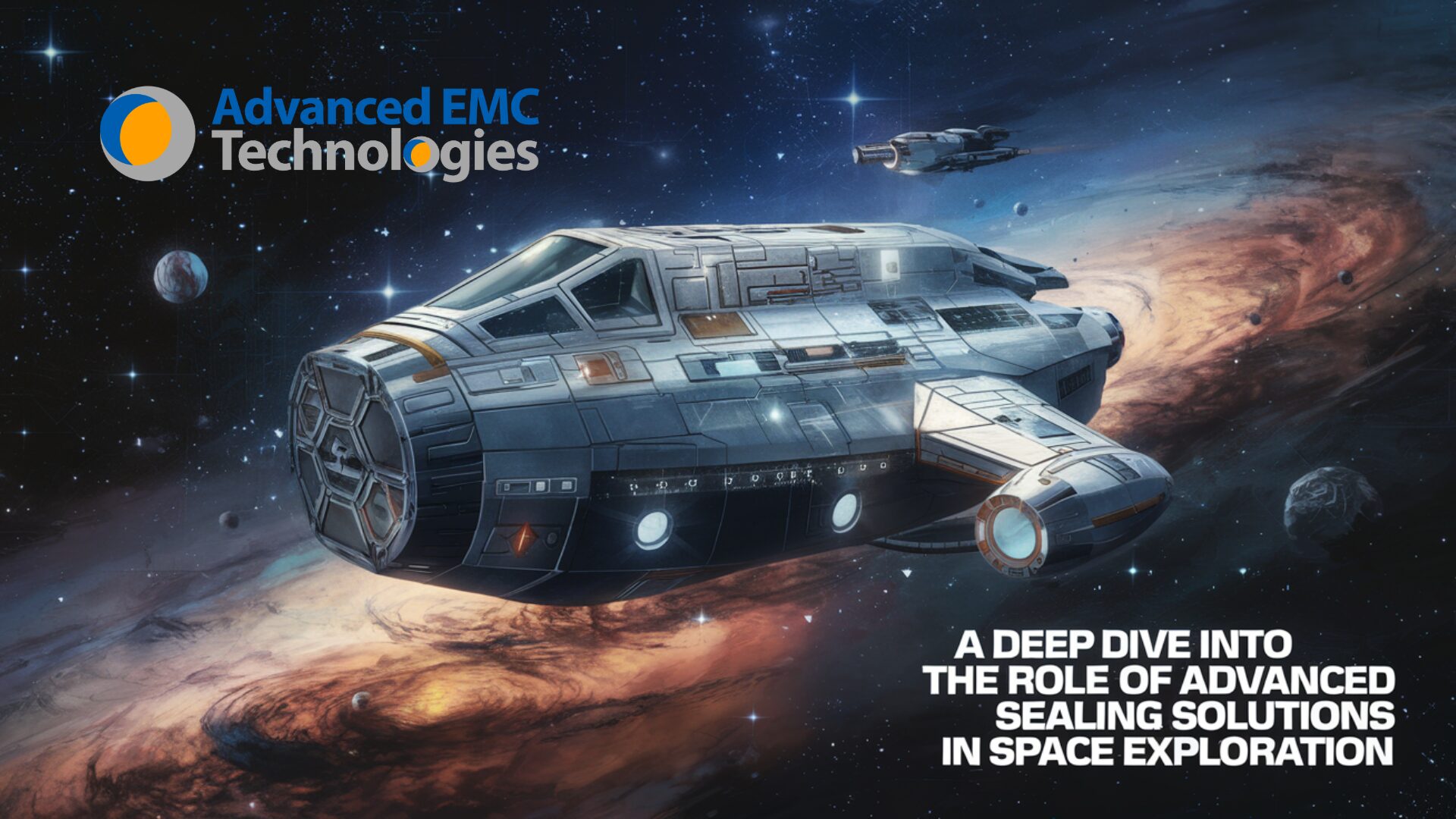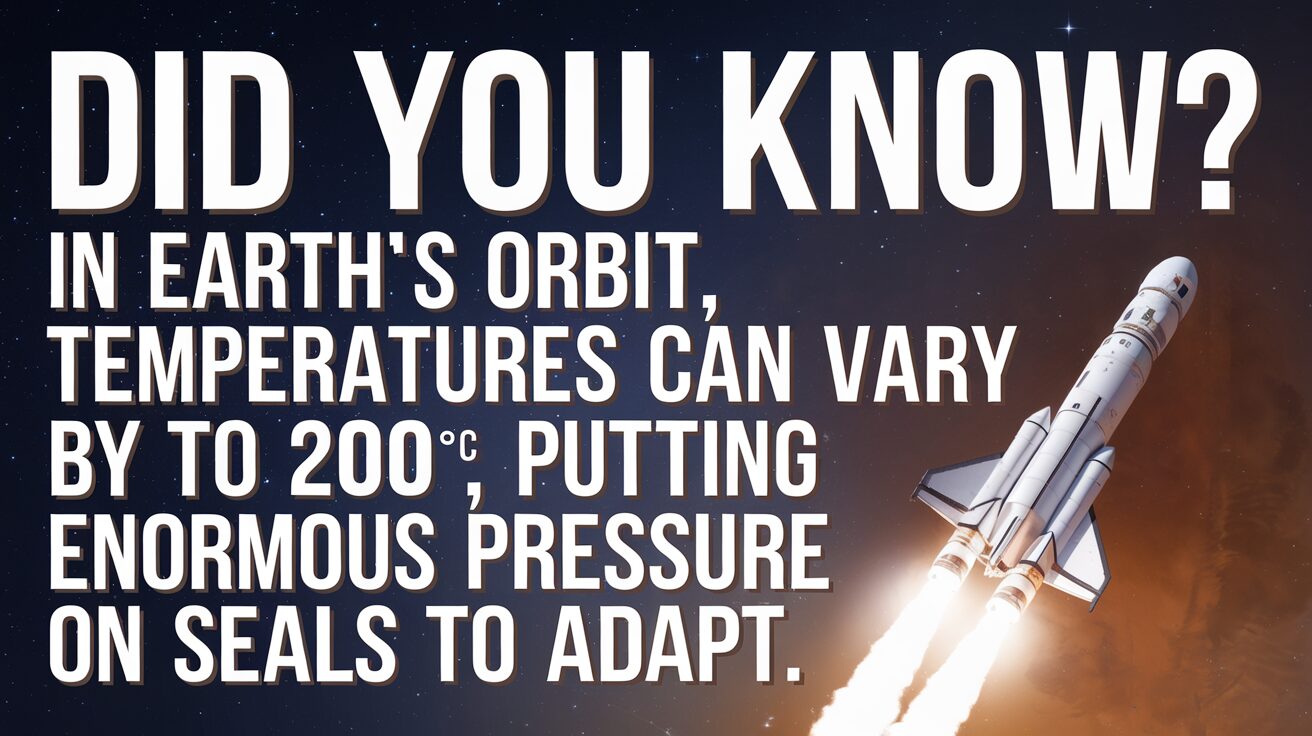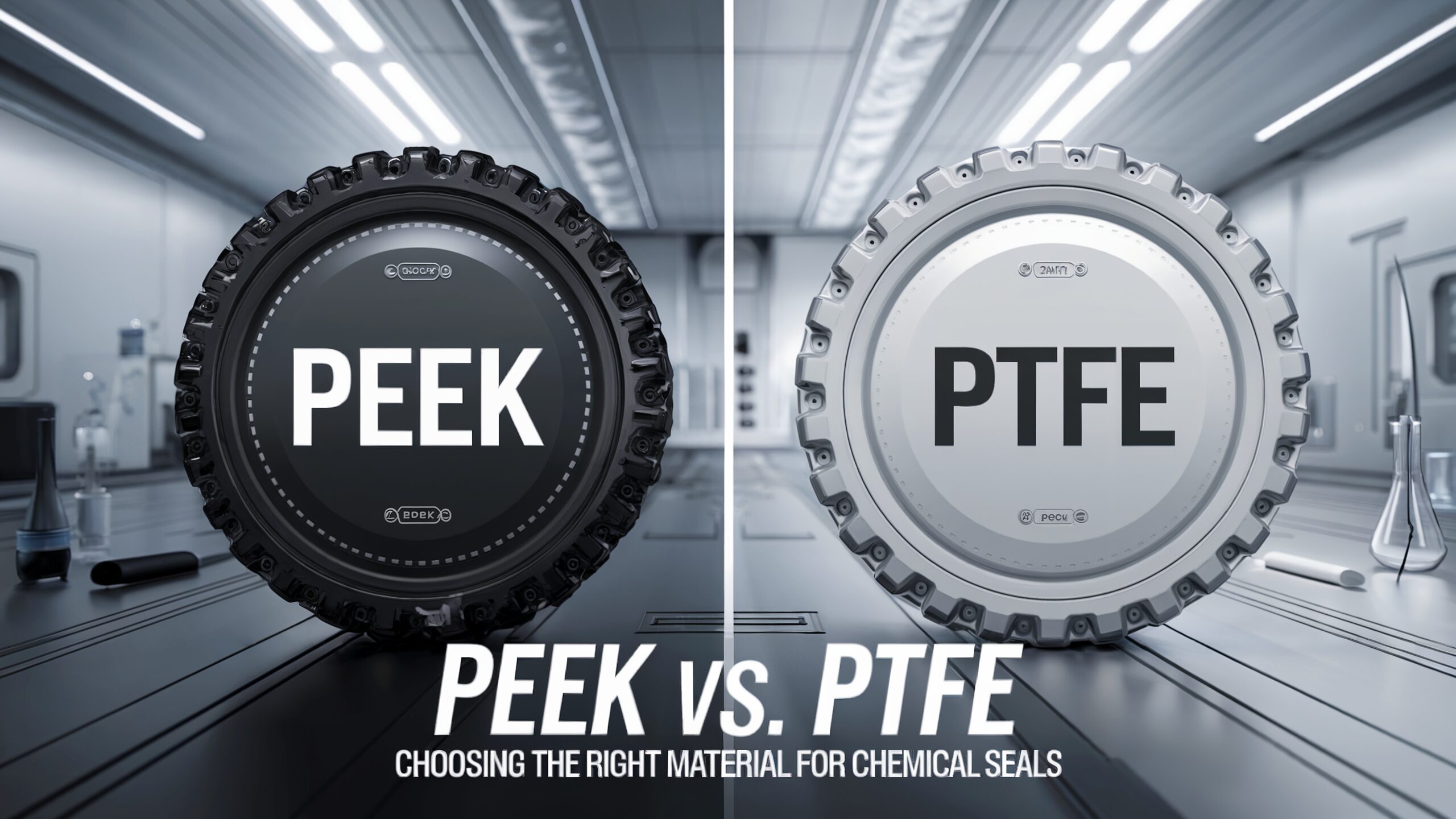A Deep Dive into the Role of Advanced Sealing Solutions in Space Exploration
Space exploration tests the limits of engineering. From extreme temperatures to intense radiation and zero gravity, the environment in space is as challenging as it gets. One essential yet often overlooked component that enables spacecraft to endure these challenges is advanced sealing technology. Seals protect against leaks, keep contaminants out, and maintain the stability of crucial systems, playing a vital role in the success of each mission.
This blog explores why sealing solutions matter in space, the specific types used, the unique challenges they address, and the advanced materials that make them work.
Why Sealing Solutions Matter in Space
Seals used in space exploration applications must endure conditions that are almost unimaginable here on Earth. Here’s why they’re so critical:
Primary Challenges in Space Environments
- Vacuum and Outgassing: In the vacuum of space, trapped gases in materials can be released, or “outgassed,” potentially contaminating delicate optics and electronics.
- Extreme Temperatures: Temperatures can swing drastically in space, from intense heat in direct sunlight to freezing cold in shadows. Seals must handle these extremes without failing.
- Radiation Exposure: Spacecraft face high levels of radiation, including UV rays and cosmic radiation, which can degrade many materials.
- Mechanical Stress: During launch, docking, and even normal operations, seals experience intense mechanical stress that they must withstand without losing their sealing capacity.

Types of Seals for Space Applications
- Description: Used for non-moving joints, such as connectors and flanges, where they form a tight barrier against leaks.
- Applications: Essential in parts of the spacecraft where movement isn’t required but a secure seal is.
- Description: Used in components with relative motion, like robotic joints and rotating parts, where seals must stay flexible and leak-proof.
- Applications: Often found in robotic arms, propulsion systems, and anywhere movement and flexibility are essential.
- Description: Engineered to handle extreme temperature changes, maintaining performance even as materials expand and contract.
- Applications: Used in systems that face wide temperature swings, such as satellite surfaces or outer panels.
- Description: Designed to maintain airtight integrity in high-pressure systems, such as fuel tanks and life-support units.
- Applications: Frequently used in propulsion systems, where leak-proof seals are critical to safety.
Key Challenges for Space-Grade Seals
Outgassing and Vacuum Stability
- Challenge: Outgassing occurs when trapped gases in materials are released in a vacuum, contaminating sensitive systems.
- Solution: Engineers use materials with low outgassing properties, such as perfluoroelastomers and specialized PTFE blends, to prevent contamination. Extensive vacuum testing ensures materials meet strict standards, like those set by NASA.
Thermal Stability
- Challenge: Seals in space must survive dramatic temperature fluctuations.
- Solution: Materials like PTFE and PEEK maintain flexibility across temperature ranges, while metal O-rings are often selected for their resilience in extreme environments.
Radiation Resistance
- Challenge: High radiation in space can weaken materials, causing them to become brittle.
- Solution: Engineers select materials such as polyimides and fluoropolymers to withstand radiation, with added coatings and additives for enhanced resistance.
Weight Constraints
- Challenge: Weight on spacecraft directly affects fuel use and cost.
- Solution: Lightweight polymers like PTFE reduce weight, and custom 3D-printed seals can be crafted to optimize durability without adding unnecessary mass.

Top Materials for Space-Grade Seals
- Benefits: Low friction, high chemical resistance, and low outgassing.
- Applications: Suitable for both static and dynamic seals, particularly in extreme temperature or chemical environments.
- Benefits: High mechanical strength, thermal stability, and radiation resistance.
- Applications: Ideal for high-stress areas and propulsion systems requiring both strength and resilience.
- Benefits: Excellent flexibility in low temperatures and strong chemical resistance.
- Applications: Used in dynamic seals where flexibility is needed, like fuel systems and valve seals.
- Benefits: Maximum strength and durability for high-pressure environments.
- Applications: Primarily used in fuel tanks, life-support systems, and propulsion systems.

Innovative Seal Designs for Space Applications
Spring-Energized Seals
- Description: Contains a metal spring that maintains contact pressure, which adjusts with temperature and pressure changes.
- Application: Ideal for robotic arms, actuators, and other parts that require flexibility without sacrificing sealing integrity.
Helical Seals
- Description: Helical seals have a spiral shape, allowing them to expand and contract with temperature shifts.
- Application: Excellent for cryogenic applications, such as liquid gas containment in propulsion systems.
Labyrinth Seals
- Description: With a complex path for gases and liquids, labyrinth seals are effective at keeping contaminants out.
- Application: Often used in gas turbines and engine components to prevent the entry of dust or other particles.
Self-Lubricating Seals
- Description: These seals incorporate lubricants within the material, reducing friction and maintenance needs.
- Application: Ideal for robotic joints or moving parts where traditional lubrication is difficult to apply.
Applications of Sealing Solutions in Space
Sealing solutions are critical across various space technologies:
- Satellite Systems: Satellites require seals that handle rapid temperature changes and protect delicate electronics.
- Mars Rovers and Landers: Mars exploration missions need seals that survive cold, dust, and intense vibrations.
- Life Support Systems: Crewed missions rely on seals to keep air and water systems contained and secure.
- Propulsion Systems: Fuel containment depends on high-pressure seals, with metal O-rings and C-rings providing leak-proof performance.
Advanced EMC Technologies’ Expertise in Space-Grade Seals
At Advanced EMC Technologies, we understand the stringent requirements of space exploration. Our team specializes in creating custom sealing solutions for extreme conditions. From material testing to precision engineering, we work with clients to design seals that ensure the safety and success of space missions.
Our Unique Approach:
- Custom Material Selection: We analyze your requirements and recommend materials that meet mission-specific demands.
- Precision Engineering: Advanced EMC uses top manufacturing techniques to design seals that stand up to space conditions.
- Rigorous Testing: We conduct vacuum, temperature, and radiation testing to ensure your seals meet the highest standards.
Advanced sealing solutions are essential to the reliability and success of space missions. With applications in satellites, rovers, and spacecraft systems, the right seals help keep equipment functioning safely in space’s most challenging environments. For custom-designed seals that meet the extreme demands of space exploration, reach out to Advanced EMC Technologies—your partner in high-performance sealing.

